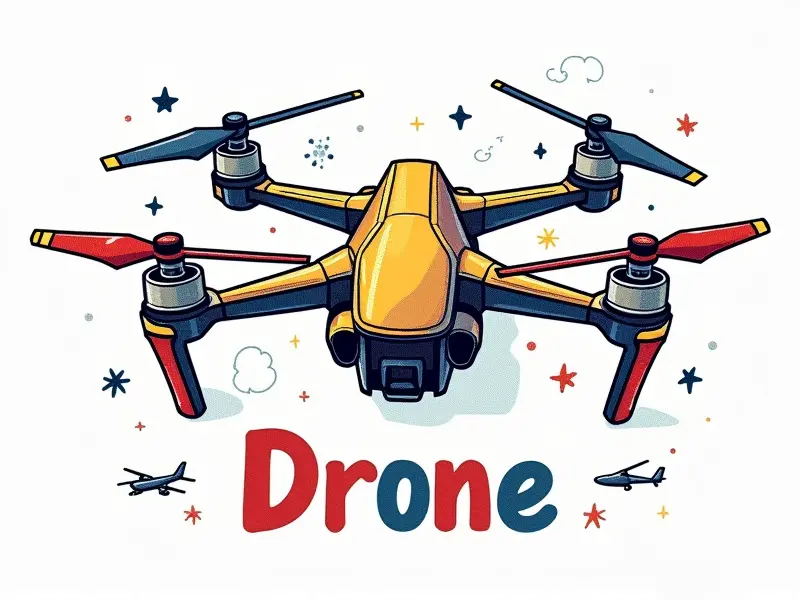How far can drones go?

How Far Can Drones Fly Today?
The question of how far drones can fly is a common one among both hobbyists and professionals. The distance a drone can travel depends on several factors, including the type of drone, its battery capacity, and the environment in which it operates.
Maximum Range of RC Quadcopters Explained
RC quadcopters are popular for their maneuverability and versatility. They typically have a range that varies from 1 to 5 kilometers, depending on the model and the quality of the transmitter. High-end models can achieve longer ranges due to better signal strength and more efficient power management.
FPV Racing Drone Distance Limits
First-person view (FPV) racing drones are designed for speed and agility rather than long-range flights. These drones usually have a range of around 2 kilometers, but this can be extended with high-quality video transmitters and antennas. The primary limitation is the line-of-sight requirement due to the use of FPV goggles.
RC Helicopter Flight Range Demystified
Remote-controlled (RC) helicopters have a range that generally falls between 1 and 2 kilometers, depending on the model and transmitter quality. These drones are less affected by obstructions compared to quadcopters due to their vertical takeoff capability.
Longest Flights with RC Airplanes
RC airplanes can fly much farther than other types of drones because they have more efficient aerodynamics and larger fuel capacities. Some models can achieve ranges up to 50 kilometers, making them ideal for long-distance photography or mapping missions.
Drone Range vs. Battery Life: The Facts
The range a drone can fly is directly related to its battery life. Most consumer drones are equipped with lithium-polymer (LiPo) batteries that provide around 15-30 minutes of flight time before needing a recharge. Professional-grade drones might have extended flight times, but the maximum distance remains limited by battery capacity.
Real World Drone Range Limitations
In real-world scenarios, several factors can limit drone range beyond just battery life and transmitter quality. Environmental conditions such as wind, temperature, and humidity play a significant role in performance. Additionally, interference from other electronic devices or terrain features like hills and buildings can reduce signal strength.
Max Distance: RC Quadcopter Flight
The maximum distance an RC quadcopter can fly is often limited by the quality of its transmitter and receiver systems. High-end models with advanced telemetry systems offer better range, but even these are typically capped at around 5 kilometers due to signal degradation over long distances.
RC Helicopter Reach Explained
The reach of an RC helicopter is generally less affected by line-of-sight issues compared to quadcopters. However, the same environmental factors such as wind and interference can still impact its range. High-quality transmitters are crucial for achieving maximum distance.
Factors Affecting Drone Flight Distance
- Battery Capacity: The amount of power a drone's battery can store directly affects how long it can fly and thus, indirectly, the range it can cover.
- Transmitter Quality: High-quality transmitters have better signal strength and reliability, allowing drones to maintain connectivity over longer distances.
- Environmental Conditions: Wind speed, temperature, humidity, and electromagnetic interference all play a role in limiting drone range.
- Airspace Regulations: Legal restrictions on flight altitude and distance can also impose practical limits on how far drones can fly.
Pushing the Boundaries of Drone Range
To extend the range of a drone, consider upgrading components such as batteries and transmitters. Additionally, using more efficient propellers or optimizing aerodynamics for RC airplanes can help increase flight distance. However, it's essential to balance these improvements with safety considerations and regulatory compliance.
Conclusion
The maximum distance drones can fly varies widely based on the type of drone, its specifications, environmental conditions, and legal constraints. While advancements in technology continue to push boundaries, practical limitations such as battery life and signal strength remain critical factors. Understanding these elements is crucial for both hobbyists and professionals aiming to maximize their drone's operational range.

